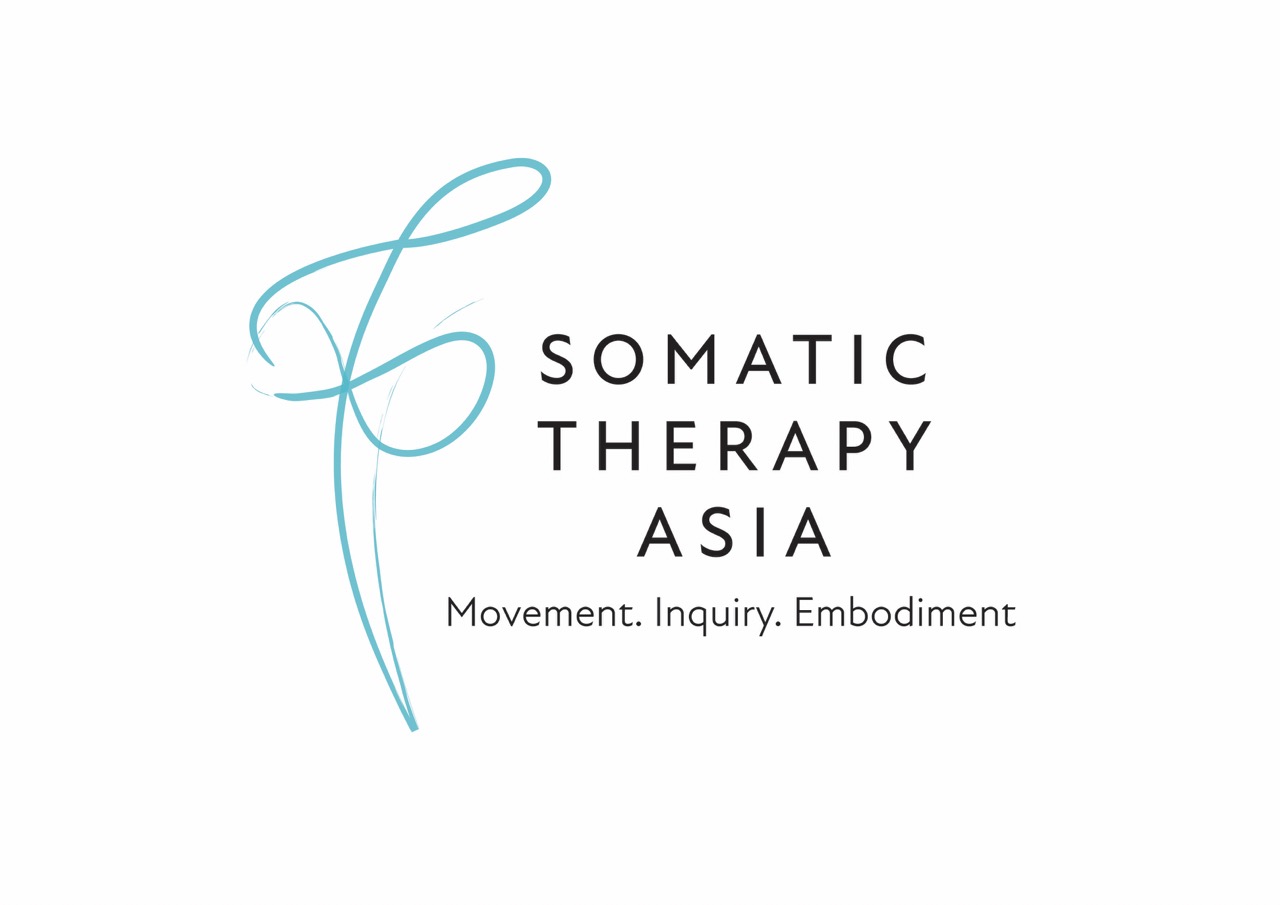This week on #somawithdaphneandlucy
STRETCHING VS PANDICULATION
The fascination and obsession with “stretching” is pretty much why most people came into the practice of yoga. Ever since we can remember we’ve been told to stretch for our aches and pains. What most people don’t know is that most of the time, we are doing “passive or static stretching when we just hold a stretch and pull with our hands, or submit into gravity, or sometimes we use a prop to help us get “deeper”, with the intent of releasing tight muscles.
Our volitional motor control comes from our central nervous system. Muscles respond to signals from the brain to contract and move. Moreover, the brain can also signal our muscles to involuntarily contract from physical and emotional trauma and repetitive stress. Extended tension can create an almost perpetual contraction of muscles, till they “forget” how to completely relax. The impairment of volitional control of a muscle group and its synergists is called Sensory Motor Amnesia. A sedentary or stressful lifestyle can contribute to this form of musculature contraction.
Passive stretching is done with the intent to pull a muscle into a specific length or state of relaxation. Extended passive stretching can sometimes result in injuries such as tendonitis or even trauma to the joints even though it might “feel good” in the beginning. This is central nervous system not being fully online during passive stretching, thus a feedback loop to the sensory-motor cortex cannot be established.
Pandiculation (like yawning) is an instinctual “re-set” button for our nervous system. It is also an effective way of restoring full muscle function and Range Of Motion (ROM) through concentric, eccentric and isometric contraction of different muscle groups. The sensory motor cortex becomes fully online during this process.
“If you want to untie a knot, you must look at the cord carefully then gently undo the tangle. Yanking on the cord will only make the knot tighter.”
— Thomas Hanna
If you have ever watched an animal arise from a slumber, you’d observe how they might arch their back, drop their belly and lengthen their spine and limbs into a full body “yawn”. We also do the same when we awake, we gently tighten trunk and limbs our arms and legs inward, feel a yawn coming on, and then reach arms over head, then extend our legs long. This process involves a concentric contraction of our muscles, then an eccentric lengthening, and an isometric holding in the “yawn” before coming into full relaxation as the brain integrates into this feedback loop to remind our muscle that they don’t have to stay stuck in contracted, protective state. The result is relaxation and restoration of voluntary motor control and coordination.
So next time you want to stretch, try first contracting the muscle that’s tight (less ROM) and then slowly lengthening it (more ROM). Then completely relax. Note the difference not only in sensation and control of the muscle, but also in your range of motion and sense of ease in your body. You may even feel more “connected,” less tense. Instead of classic stretching, try pandiculating instead and notice if there’s a shift in your ROM (“muscle length”) and sense of ease in the body-mind.
Video by Lucie Krobová
#somatics#embodiment#embodiedpractice#yogatherapy#soma#somaticmovement#somaticyoga#livingbody#bodyintelligence#innerknowledge#somaticeducation#yogaeducation#yogawithdaphne#exploredancemovement#movingfromwithin20#yawning#pandiculation#catstreach#myofascialunwinding#fascia#fascialunwinding#yawningbody#listentoyourbody
This post was originally posted on Yogawithdaphne.com on April 28th 2020




